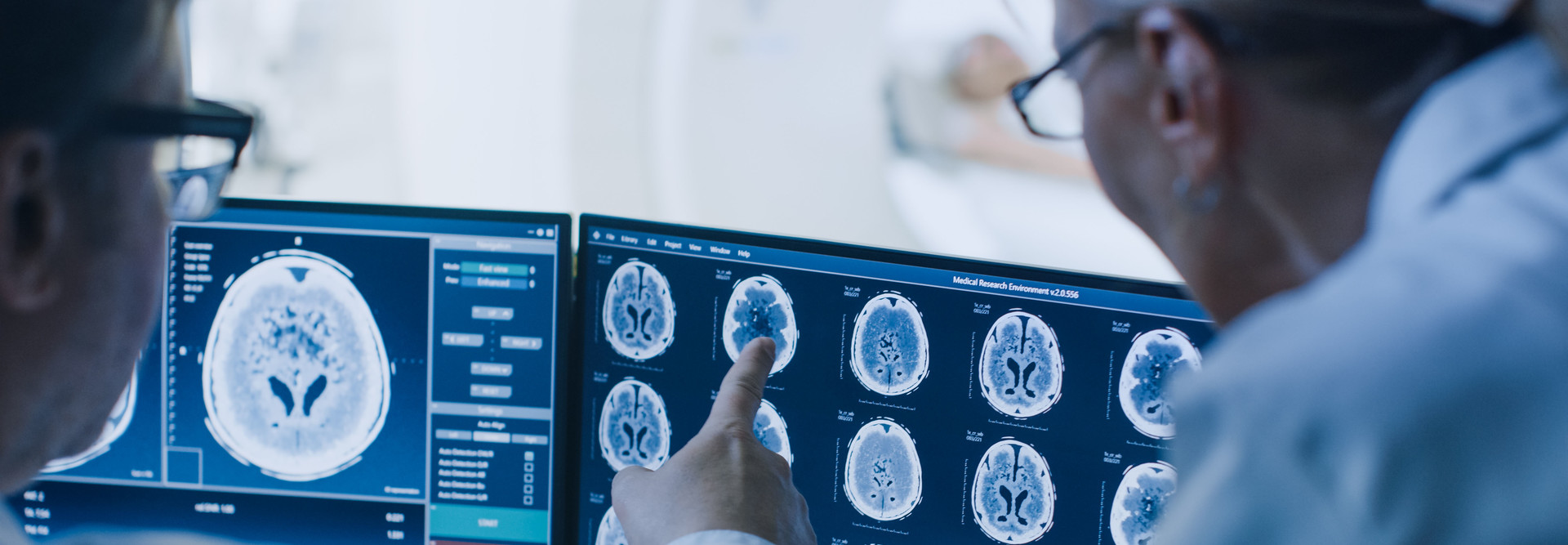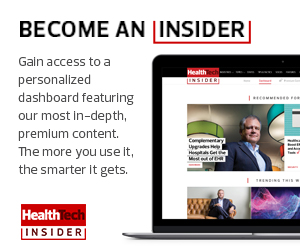What Is Software-Defined Networking?
SDN is networking technology that incorporates virtualization to separate network management from routers and switches. Virtualization provides centralized control of an organization’s networks and data center infrastructure.
A centralized dashboard allows network administrators to prioritize and provision applications and data packets on a healthcare organization’s network. The central controller where network intelligence resides is like the “brain of a network,” says Bob Laliberte, practice manager and senior analyst at research firm Enterprise Strategy Group.
“One of the key benefits for SDN is centralized control,” Laliberte says. “Essentially, this allows organizations to create policies, load them once into a centralized controller and then ensure they are enforced across a distributed environment.” This can eliminate errors, reduce manual tasks and save time.
SDN cuts out complexities for a health system by helping control how data moves around a network. As health systems acquire regional practices and clinics, the segmentation at the edge that SDN provides can quickly establish network connections.
The technology is also helpful for maintaining regulatory compliance with HIPAA.
“As you look at the distribution of the data, of the applications, the collection of it, you’re taking what previously had been very isolated and siloed groups of networks and turning them into a cohesive entity,” McGinnis said. “HIPAA and other regulatory issues just could not be achieved without that centralized way of operating a network.”
How SDN Brings Automation to Healthcare Organizations
Another SDN capability: enabling a dynamic configuration that can boost network performance and monitoring.
“By continuously monitoring the network environment, organizations can establish thresholds or policies for performance and priority based on the application or workload,” Laliberte says. “In systems with closed loop monitoring and automation, in the event of a link going down, the network will automatically adjust to ensure priority applications continue to meet desired service-level agreements, while lower priority workloads like guest Wi-Fi operate in a degraded state until full bandwidth is restored.”
It’s no surprise, then, that artificial intelligence and machine learning will increasingly play a role in this process, Laliberte says, as SDN has advanced from a command line interface setup to a more cohesive structure.
“It will also be significant for security functions as well by identifying anomalous activity and traffic spikes that exceed normal operating parameters,” Laliberte says.
A central control panel pushes security policies down to hundreds of network nodes. Cisco’s McGinnis compared the process of automating a corporate network with how people centrally automate timers for lights in their home rather than controlling each one separately.
“So when this motion detector goes off, I can now trigger 10 timers or 10 switches to turn on,” McGinnis said. “There’s a lot more intelligence sharing and federation between these silos or buckets of intelligence.”













